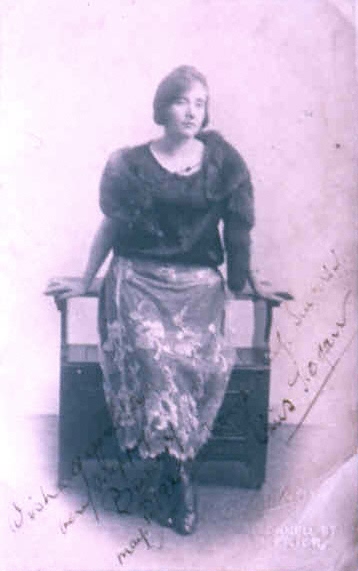Limerick lace is a specific class of lace originating in Limerick, Ireland, which was later produced throughout the country.
The Limerick lace industry was founded in 1829 by Charles Walker, a native of Oxfordshire. In 1829 Walker brought over 24 girls to teach lace-making in Limerick, drawn to the area by the availability of cheap, skilled female labour, and his business thrived. Limerick lace was produced mainly in factories for the first forty years of its existence. Between the 1830s and 1860s, several lace factories operated in Limerick. The city’s second lace factory was established in 1835 by William Lloyd, initially at Clare Street and later in Abbey Court, off Nicholas Street. In 1841, there were 400 women and girls working for him. In 1836, Leycester Greaves (1809-47), a Cork man, opened a factory in Limerick. These lace factories employed almost 2,000 women and girls.
In the 1840s, Limerick lace making was introduced to a number of convents and convent-run institutions, both in Limerick and elsewhere. In 1850, lace making was introduced to the Good Shepherd Convent on Clare Street Limerick, but it was also made in other religious houses based in the city, including the Presentation Convent in Sexton Street and the Mercy Convent at Mount Saint Vincent, on O’Connell Avenue. Limerick lace was disseminated widely throughout Ireland by Catholic religious sisters anxious to provide employment at the time of the Famine. They introduced it to several other convents including religious houses in Youghal, Kinsale, Dunmore East, Cahirciveen, and Kenmare. At the Good Shepherd Convent, the last lace making centre in the city, production ceased in 1990.
In the 1860s and 1870s, Limerick lace industry declined rapidly due to the market being flooded by machine made lace from chiefly Nottingham. One reason for this period of revival was the realisation that design was necessary for beautiful lace.

It was revived in the 1880s due to the work of Florence Vere O’Brien (1858-1936), who established a Lace School in Limerick in May 1889. This ran until 1922. Another important promoter of Limerick lace during this period was Ishbel Hamilton-Gordon, Countess of Aberdeen (1847-1939,) who established the Irish Industries Association in 1886 to encourage the ‘Buy Irish’ movement. It was integral in reviving Limerick lace as a traditional craft.
In 1904, Mrs Maude Kearney (1873-1963), a daughter of James Hodkinson, founder of the famous firm of specialists in church decoration in Henry Street, Limerick, established a lace making business called Thomond Lace Industry, based in Thomondgate. Thomond Lace employed between fifty and eighty workers at the height of its success. After the Second World War, Limerick lace declined rapidly.
Limerick Museum holds the largest collection of Limerick lace in the country. In 2019, Veronica Rowe, the granddaughter of Florence Vere O’Brien, has given her collection on long term loan to the Limerick Museum. A collection is also held by the Sisters of Mercy in Charleville, Co. Cork.